 |
WINNER Best Young Adult Book 2016, The Twisted Climb |
I've been prepping for Autumn book signings and excited to meet new and current readers. I'll be heading to Ontario Chapters stores in Barrie, Oshawa, Kanata and Toronto's Eaton Centre in October and November. Please come on by and introduce yourself!
The Twisted Climb is an award-winning novel about
three teenagers who meet in a strange, moonlit dream world where the only way
to ‘fall’ asleep is to climb. As they climb their way up a dark, forested,
mountain that is loaded with adventure and paranormal activities, they overcome
private fears and negative circumstances. The main characters – Jayden, a brash
girl known more for her bullying tactics than sportsmanship; Connor, a calm, intuitive
young man, and Max, a young teenager trying to be a man in a boy’s body – join
forces in their common dream world and battle to overcome the crazy obstacles
on their climb. However, their adventures take a more sinister turn when they
meet Richard Hatemore, a sickly boy who seems to live in the dream world they
are so desperately trying to escape from and who does everything in his power
to prevent them from reaching their goal. As the sleep climbers move closer to
the top, they begin to work together as a team and ultimately, face their
greatest challenge together.
These past few months I've been working on the sequel and loving every minute of it! I'm constantly reviewing the original book and I thought I would share a wee excerpt of my favourite part. At this point in the book, the characters have met in the dream world and are trying to figure out how to get to the top of the mountain so they can 'fall' to sleep. Their attempt at zip lining has been interrupted and their zip line cut by a strange-looking boy.....
Jayden, Connor and Max made their way to the base
of the zip line platform. The dim lighting from above illuminated the steps.
There were dark shadows all around them as the moon made its way in and out of
the night-time clouds. Suddenly, Connor held up his hand. “Listen!”
The three stood still and listened
intently. A weird type of sing-song chant floated down from above, then silence, followed by
several loud thuds.
“I
don’t like it.
I
don’t want it.
I
HATE it.”
THUD
THUD THUD
“What the heck?” whispered Jayden.
“It’s that boy,” replied Connor.
“I
don’t like it.
I
don’t want it.
I
HATE it.”
THUD
THUD THUD
Over and over again, the boy repeated
the words, ending with three loud thuds, like a hammer hitting a plank of wood.
“Do-do-do we have to go up there?”
asked Max timidly.
“Yes we do, if we want to get to the
Town of Sleepmore in the quickest way possible,” replied Connor. “And I’d
rather zip line over the valley than hike. Wouldn’t you?”
“I guess so,” said Max. He looked
frightened.
“Listen,” said Connor, “maybe this
guy is lost and wants to get to the Town of Sleepmore too!”
“And that’s why he dropped us in the
middle of the Valley of Tired?” asked Jayden. “I’m not being sarcastic,” she
said before Connor could get angry. “I just don’t trust the guy.”
“Me neither,” piped up Max.
“Well,” said Connor, “let’s go find
out what he’s all about.”
Leading the way, Connor climbed the
ladder-style steps up to the platform. The closer they got, the clearer the
chant and the louder the thud of the hammer, or whatever it was the boy was
using to make the thunking noise.
Near the top, Connor stopped and
peered over the platform. The boy was outlined against the fluorescent light
behind him while the moon cast a milky glow as it peeked out from the clouds. He
sat with his legs crossed, eyes closed as if in a trance, repeating the chant.
His arms seemed unusually long, extending into his hands without any apparent
wrists. With his right hand, he clutched the cable cutters in a vise-like grip,
slamming the tool down at the end of each chant. His bald head shone in the
faint light. Wisps of long, dark hair jutted out from behind his large ears. A
deep, red scar ran across the top of his head, from one ear over to the other.
His small body seemed unnaturally thin and bony. Connor was trying to figure
out how old he was when the boy opened his eyes.
“You’re baaaack,” he said with a
horrible grin, his thin lips stretched wide between sunken cheeks.
Connor scrambled up the remaining
steps and crossed to the middle of the platform, followed by Jayden and Max.
Jayden glanced at Max and took his hand in hers. He was trembling and obviously
terrified. She put her arm around him protectively, then looked at the
strange-looking boy and pushed away all thoughts of fear.
“You’re such a dick!” she declared.
The boy looked startled, as if he had
been recognized.
“What? Is your name actually Dick?” spat out Jayden.
“Not quite,” replied the boy,
flashing deep black eyes at Jayden. “It’s Richard. Richard, um, Hatemore.”
Before Jayden could say another word,
Connor interrupted. “Why are you doing this?” he demanded, spreading his arms
and pointing to the cut zip line. He walked to the opposite side of the
platform, pulling Jayden and Max with him.
“It’s my job,” replied Richard with a
sneer, keeping his distance from them.
“Your job sucks!” announced Jayden,
pointing her finger at the boy. “You need a new job — one that helps kids fall to sleep!”
“Never. Never!” replied Richard angrily. “I want you to hate more sleep!” He raised the cable
cutters and slammed the tool down hard.
THUD.
At the same time, Connor turned and
checked out the secondary zip line leading to the end of the Valley of Tired.
It was intact. As quick as a cobra, Connor clipped his harness onto the pulley.
With a sweeping motion, he grabbed Jayden with his right arm, Max with his left
and hollered, “Hold on!” Connor jumped off the platform.
****
Stay tuned for the sequel to The Twisted Climb: Darkness Descends. In the meantime, you can purchase the award-winning The Twisted Climb here: http://www.bookswelove.net/authors/kavanagh-j-c/
WINNER: Best Young Adult Book 2016, P&E Readers’ Award
Email: author.j.c.kavanagh@gmail.com
www.facebook.com/J.C.Kavanagh
www.amazon.com/author/jckavanagh
Twitter @JCKavanagh1 (Author J.C. Kavanagh)
****
Stay tuned for the sequel to The Twisted Climb: Darkness Descends. In the meantime, you can purchase the award-winning The Twisted Climb here: http://www.bookswelove.net/authors/kavanagh-j-c/
J.C. Kavanagh
The
Twisted Climb
A novel for teens,
young adults and adults young at heart.WINNER: Best Young Adult Book 2016, P&E Readers’ Award
Email: author.j.c.kavanagh@gmail.com
www.facebook.com/J.C.Kavanagh
www.amazon.com/author/jckavanagh
Twitter @JCKavanagh1 (Author J.C. Kavanagh)
















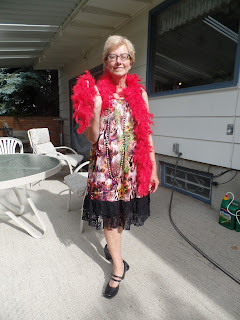


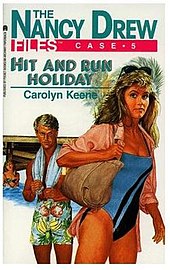





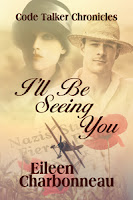



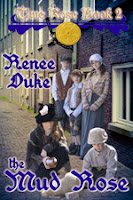
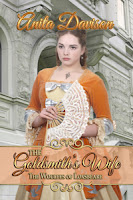






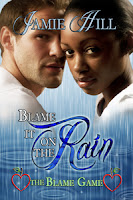
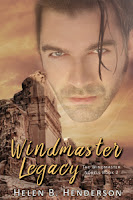



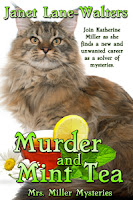





.jpg)

.jpg)




